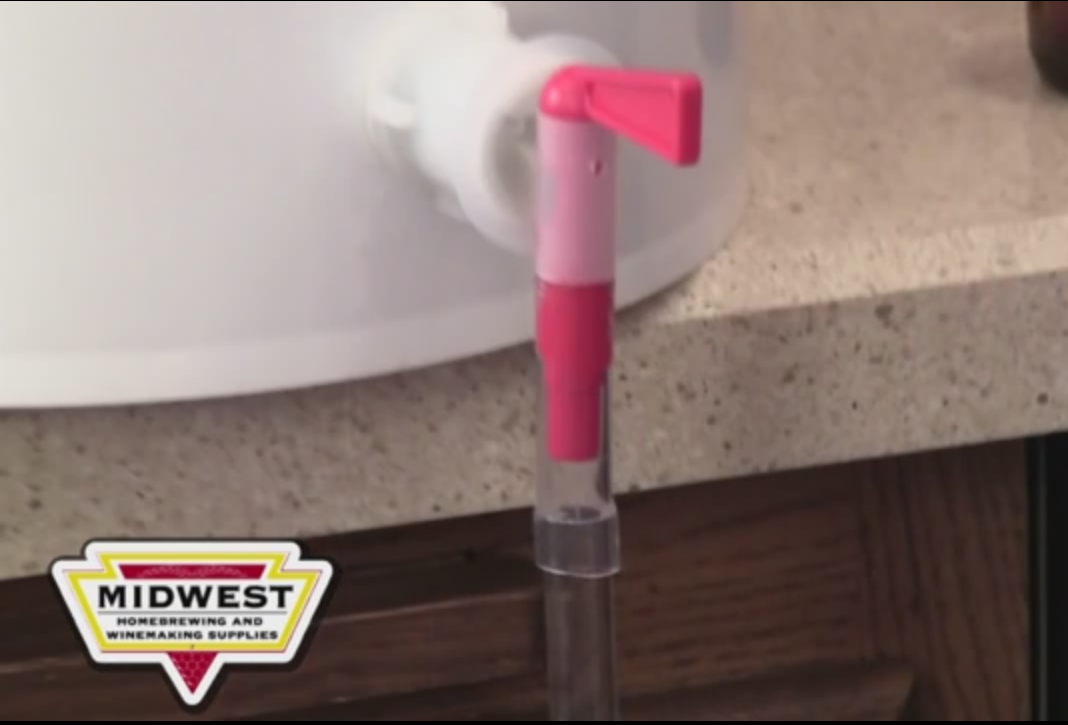jeffreyabr
Active Member
- Joined
- Feb 23, 2016
- Messages
- 40
- Reaction score
- 0
Ive done a few brews so far and observed a handful, so I was thinking I might finally bite the bullet and buy my own equipment. Over the years, Ive accumulated a ton of Amazon gift cards from birthday gifts, so I have the luxury of a lot of this being essentially free, but I didnt want to waste money.
I read through the Reddit r/Homebrewing Beginners Guide and bookmarked the basics:
10 gallon
16 gallon
Anything Im missing? Thoughts on what Ive picked out so far? Have I gone massively overboard or are any of the products Ive listed known to be a poor choice for this application?
I read through the Reddit r/Homebrewing Beginners Guide and bookmarked the basics:
- Red Baron Bottle Capper
- Regular 5/16" Auto-Siphon
- Brewing Spoon
- Brew Bag
- 6.5 Gallon Bottling Bucket with Lid and Spigot for Bottling Beer
- Hydrometer (Triplescale)
- Vinyl Tubing - 10 feet (Do I need 10 feet?)
10 gallon
16 gallon
Anything Im missing? Thoughts on what Ive picked out so far? Have I gone massively overboard or are any of the products Ive listed known to be a poor choice for this application?
Last edited by a moderator:



